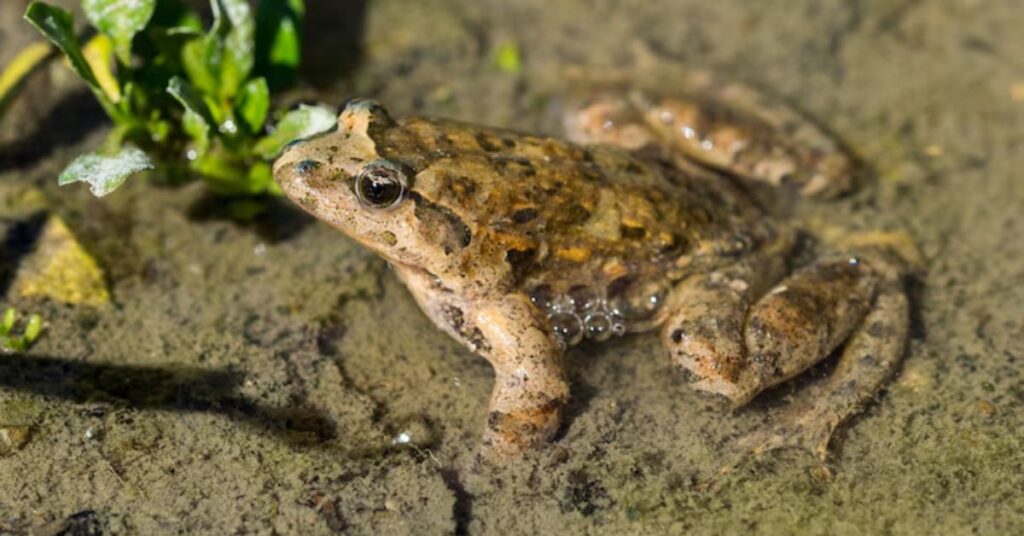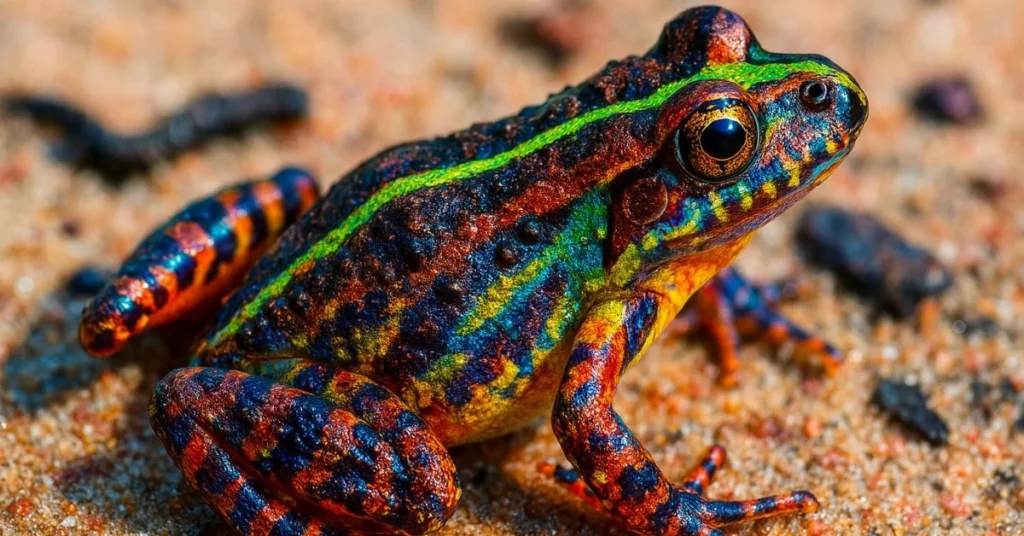Introduction: Meet the Remarkable Acris
When it comes to unique and captivating amphibians, Acris frogs are truly in a league of their own. These small, agile creatures belong to the larger family of Ameroaustralian tree frogs, commonly found in Australia and nearby regions. Known for their vibrant colors, curious behaviors, and important ecological roles, Acris frogs are nature’s tiny marvels. Let’s explore their world—from physical features to conservation efforts—and discover why these frogs deserve our attention.
Physical Features and Behaviors of Acris Frogs
Small in Size, Big in Personality
Acris frogs may be small, but their appearances are anything but dull. Sporting shades of green, brown, and even hints of gold, their smooth skin helps them blend perfectly into forest floors and leafy wetlands.
Their long legs and light build make them expert jumpers—ideal for quick getaways from predators.
Behavior in the Wild
Acris frogs are often seen during warm months, basking in the sun or leaping from one leaf to another. Their energy is contagious, and their agility is unmatched.
On the other hand, Ameroaustralian tree frogs—their cousins—are more likely to be found in treetops, calling out at night with distinctive vocalizations used to attract mates or mark territory.
Where Do Acris Frogs Live?
Preferred Habitats
Acris and Ameroaustralian tree frogs are well-adapted to a wide range of environments. From tropical rainforests and wetlands to grasslands and even drier areas, they make the most of wherever they live.
Geographic Distribution
These frogs are commonly found across Australia, New Guinea, and nearby regions. They usually stay close to water sources like streams, ponds, or marshes, which are crucial for their survival and reproduction.
Urban Impact
Sadly, urban expansion and deforestation pose major threats. While some Acris frogs adapt to changes, others struggle to survive in fragmented habitats. Understanding their living conditions is key to protecting them.

What Do Acris Frogs Eat?
Acris frogs are natural pest controllers. Their diet primarily consists of:
- Crickets
- Moths
- Ants
- Small beetles
Using their sticky, lightning-fast tongues, they snap up insects in seconds. In doing so, they help maintain a healthy ecological balance by keeping bug populations in check.
Predators: What Threatens Acris Frogs?
These frogs are vulnerable to many predators, including:
- Birds (like herons and owls)
- Snakes
- Larger amphibians
To avoid danger, some Acris frogs rely on camouflage, while others freeze in place to avoid detection. Their survival tactics are simple yet effective in the wild.
Reproduction and Life Cycle of Acris Frogs
Mating and Egg-Laying
During breeding season, male Acris frogs create a chorus of calls to attract females. Once a female responds, the male clasps her in a mating posture called amplexus. Eggs are then laid in moist environments, often near vegetation in shallow water.
Tadpoles to Frogs
After a few days, tadpoles hatch and begin their aquatic journey. Over time, they undergo metamorphosis—growing legs, absorbing their tails, and developing lungs—eventually transforming into fully-formed frogs ready to leap into life on land.

Challenges Facing Acris and Ameroaustralian Tree Frogs
Acris frogs are under constant threat from environmental challenges:
- Habitat loss due to urbanization and agriculture
- Pollution, especially pesticides that seep into water sources
- Climate change, which affects rainfall patterns and breeding cycles
- Invasive species, which outcompete or prey on native frog populations
Each of these factors contributes to declining numbers, making conservation more urgent than ever.
Conservation Efforts to Protect Acris Frogs
Several conservation initiatives are underway to protect Acris and their tree frog relatives:
- Habitat restoration through wetland recovery and forest replanting
- Pollution control efforts to keep water sources clean
- Educational campaigns to raise public awareness
- Scientific research to monitor population trends
- Protected areas and legislation to safeguard critical habitats
Every small effort—whether by governments, scientists, or communities—makes a big difference in preserving these amphibians for future generations.
Fascinating Facts About Acris Frogs
- 💡 Acris are often called “striped chorus frogs” due to their appearance and vocalizations.
- 🐸 Some Ameroaustralian tree frogs can change color based on temperature and humidity.
- 🔊 Male frogs create unique calls that serve as both mating signals and territorial warnings.
- 🌿 Many have skin that secretes mild toxins to deter predators.
- ☀️ In dry conditions, they can go dormant, waiting for rainfall to reawaken their activity.
Final Thoughts: Why Acris Frogs Matter
Acris frogs are more than just colorful amphibians—they’re vital members of their ecosystems and indicators of environmental health. Their presence signals a well-functioning, balanced habitat.
By learning more about these frogs and supporting conservation, we contribute to a healthier planet. Whether it’s spreading awareness, supporting local wildlife groups, or simply appreciating the natural world, every action counts.
FAQs
What makes Acris frogs unique from other tree frogs?
Acris frogs are small and ground-dwelling with strong leaping abilities, whereas most tree frogs live in trees and are more arboreal.
Where can Acris’s frogs typically be found?
They are commonly found near wetlands, ponds, and forests throughout Australia and New Guinea.
Are Acris’s frogs endangered?
While not all are endangered, many face threats from habitat destruction, pollution, and climate change.
What do Acris’s frogs eat in the wild?
Their diet consists of insects like crickets, ants, and moths—making them excellent natural pest controllers.
Can Acris’s frogs live in urban environments?
Some Acris’s species adapt to urban areas, but most thrive better in natural, undisturbed habitats.






